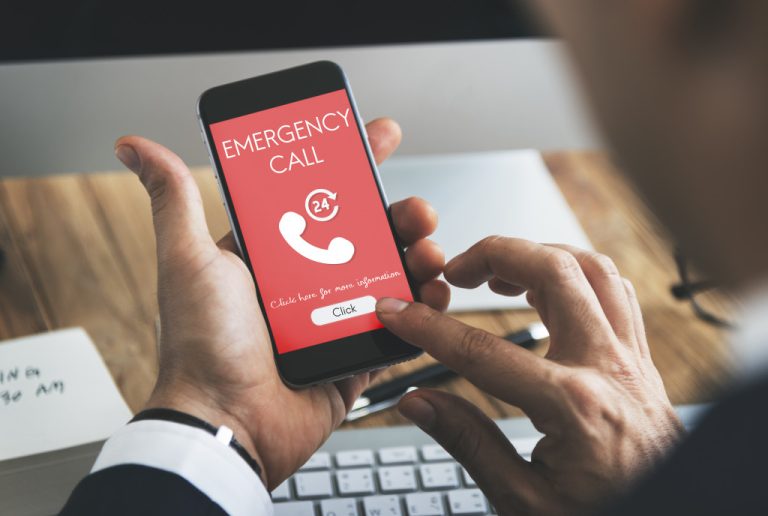Many businesses are still using outdated, expensive, and cumbersome ways to manage emergencies. In the age of smartphones and tablets, it doesn’t have to be that way. Modern emergency communication systems can help your business save money while also making better use of technology for a safer workplace.
A modern emergency communication system uses up-to-date technology to help businesses manage emergencies. These systems can include mission-critical push-to-talk (PTT) features, which allow employees to easily and quickly communicate with one another in times of emergency.
Read on to find out why you should upgrade your emergency communication system today.
An emergency communication system helps protect your employees
There are potentially hundreds of factors that could negatively impact the workplace. Data show that nearly half of all small businesses go out of business within six months after a disaster strikes, primarily due to a lack of planning and preparedness. This is why utilizing an effective emergency communication solution is vital for protecting employees, customers, and property. An effective software-as-a-service (SaaS) program can reduce business disruption by safeguarding important data online. The ability to distribute information electronically at the time of an incident can save time, money, and lives during emergencies.
The best emergency communication systems will also provide 24/7 access to first responders, employees, and family members. This can be especially important during dangerous weather events like hurricanes, tornadoes, floods, and blizzards. With an effective emergency communication system in place, businesses can communicate with employees easily, even if they are displaced or without phone service. Emergency management experts estimate that nearly 75% of all fatalities could have been prevented with real-time information sharing before a disaster event.
An emergency communication system saves you money
New technologies make it easier than ever for organizations to monitor their employees’ safety, help them remain connected during emergencies, and reduce costs by avoiding unnecessary business disruptions after disasters strike. An emergency communication solution is usually offered as a monthly subscription that can be easily managed online, enabling you to ensure your business stays prepared for whatever the future holds. This solution also allows employers to monitor employee whereabouts and progress against objectives. As a bonus, these services are available 24/7, so employees can access critical information whenever they need it without having to worry about office hours.
What to consider before upgrading your current emergency communication system
Before upgrading your current emergency communication system, it is important to think about:
- The type of technology you currently use and whether it can be used with the modern emergency communication system
- What you need the system for (to contact staff during an emergency, know where they are in case of fire, etc.)
- How often do you expect to use the new system
- The level of security you require
How to find the best emergency communication system for your business

When looking for an emergency communication system, ensure it has all the features necessary to maintain your security. For example, if you have remote sites or remote employees, be sure the emergency system is mobile-compatible and has remote management capabilities so people can stay in touch and work together even when they’re not in the same physical location.
Important features include:
- Push-to-talk (PTT) services allow employees to easily and quickly communicate with one another during an emergency by using a Walkie Talkie-like service that can be activated without picking up a phone.
- Alerts and notifications provide real-time updates about emergencies as they happen, so everyone knows where to go and what to do.
- Video surveillance and automated license plate recognition (ALPR) services can help your business keep a watchful eye on the building and grounds, even when you’re not there, by providing live video feeds from security cameras around the building.
- GEO fencing alerts let you know if an employee has left a designated area, such as an outdoor work site or a warehouse at night.
- Smartphone apps give employees access to real-time information about emergencies no matter where they are, so they can do their part to maintain safety standards in the event of an emergency.
Look for a secure, reliable, and compatible service with Android and iOS devices so everyone will have easy access to it throughout the day. The service should also be backed by a customer support team that is available 24/7 in case of an emergency.
Get Started with Emergency Communication Today
Some businesses may still use outdated solutions like phone trees or radios to communicate during emergencies, but why? These methods don’t allow for real-time communication, which means valuable data could get lost due tfo congested lines or lengthy delays in relaying messages. With smartphones and modern mobile devices becoming more dominant than ever before, now is the best time to upgrade your company’s emergency communication system. An effective software solution can connect employees, customers, and first responders no matter where they are at—helping you stay prepared for emergencies while also saving money in the long term.



